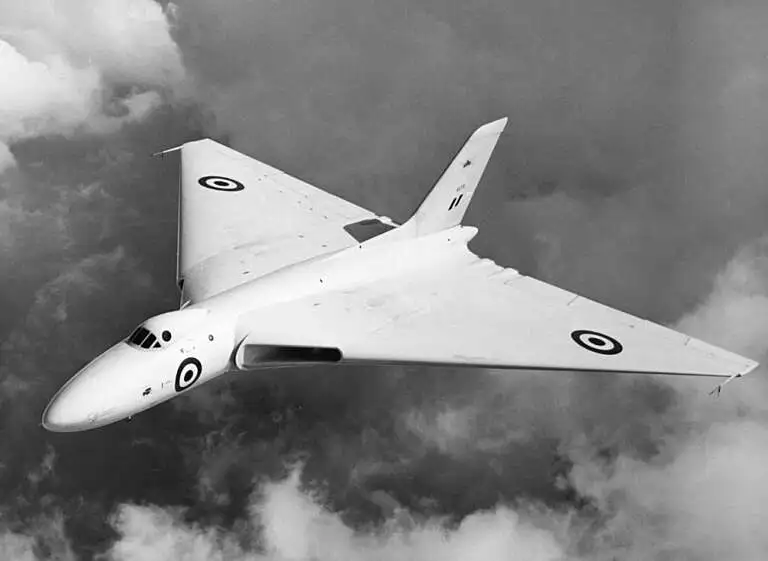
The Birth of the Avro Vulcan
On Saturday 30 August 1952, history was made as Avro Type 698, VX770, took to the sky for the first time. It was the prototype
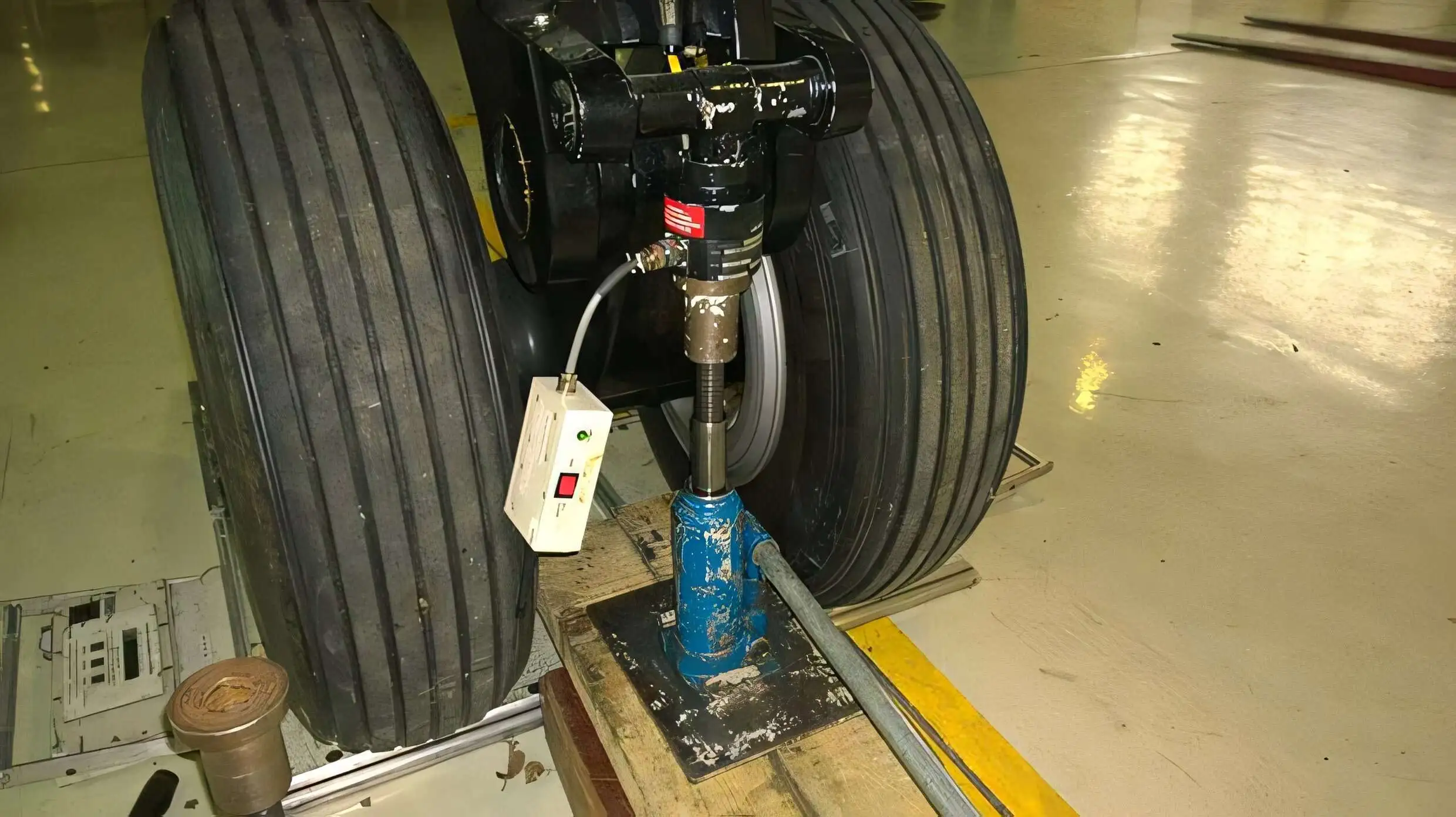
When it comes to aviation, even the tiniest details matter. From the type of paint used to the equipment on board, everything plays a role in an aircraft’s weight. And this weight isn’t just a number; it’s a big deal that affects how an aircraft performs.
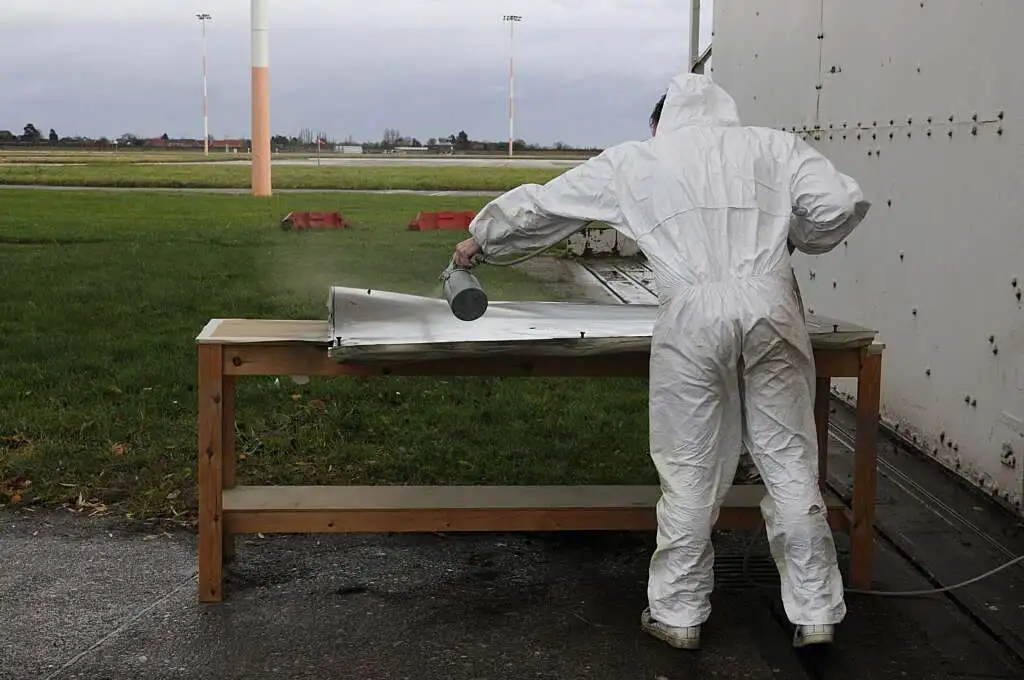
XH558 wing tip painting
Let’s take the choice of paint as an example. The type used isn’t merely an aesthetic decision, it’s a calculated move to maintain the aircraft’s weight within specific limits. The weight of paint might seem trivial, but when multiplied across the vast surface area of an aircraft, it adds up. For instance, the Boeing 747, requires around 1,200 lb (544 KG) of paint on its exterior. Incredibly, even the shade of paint matters, as darker colours can absorb more heat, leading to slight weight differences due to temperature variations.
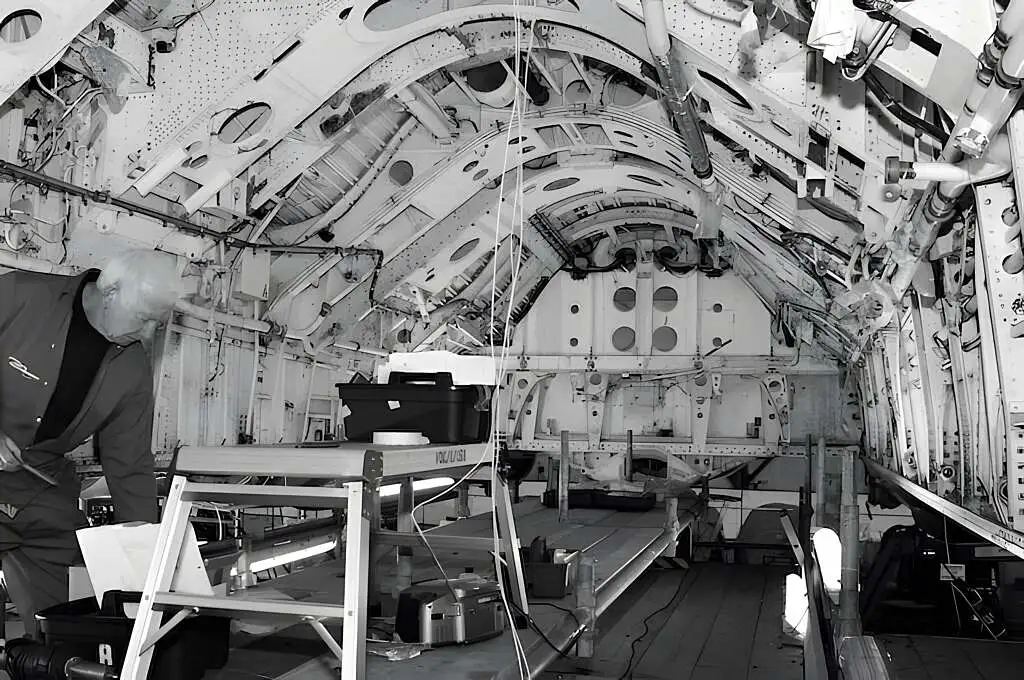
Bomb Bay interior during restoration
There’s also the critical factor of onboard equipment. Each seat, each piece of avionics, every compartment and component, they all contribute to the aircraft’s overall weight. As technology advances, aircraft are designed to carry more advanced systems, which can sometimes add to the challenge of maintaining optimal weight balance.
Imagine you’re standing beside a massive airliner. It’s easy to see it as a singular entity, but underneath that exterior lies a precisely calculated distribution of weight. From the nose to the tail, the wings to the landing gear, each section has a specific role to play in maintaining equilibrium during flight.
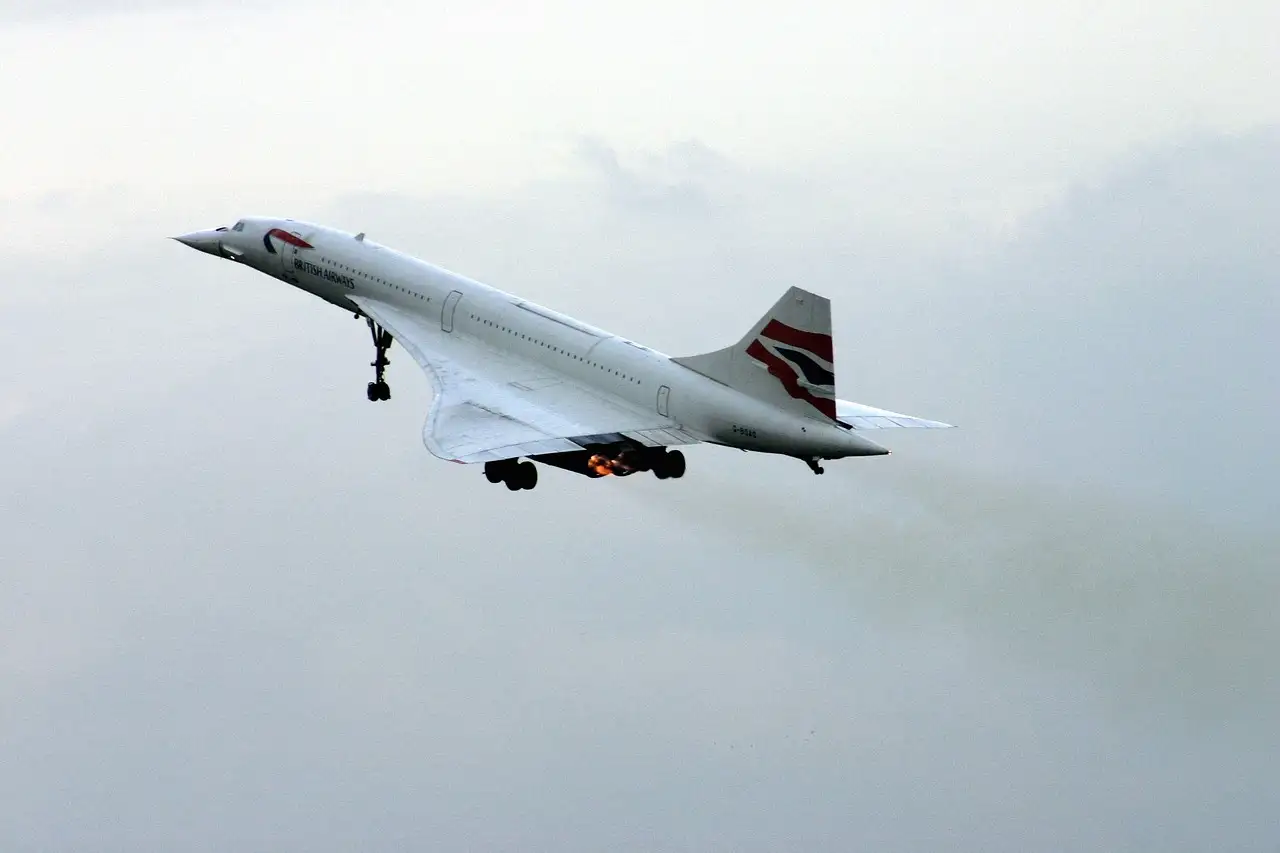
Concorde
This meticulous attention to weight extends to other aircraft as well. The legendary Concorde, for instance, was a feat of engineering that had to balance its supersonic speed ambitions with careful weight considerations. Its slender and streamlined frame was a result of a complex interplay between weight, aerodynamics, and propulsion.
Putting the focus on the weight of XH558. Beyond its distinctive delta-wing shape, the Vulcan embodied a delicate balance of weight and precision.
Starting with the basics: Fully loaded, the average early Vulcan B.2 could not exceed 204,000 lb (93,000 kg). The Vulcan’s empty weight, this is the aircraft’s weight without anything extra, like fuel, cargo, or crew, was about 108,000 lb (48,987 kg). Once the 72,380 lb (32,831 kg) of fuel, 21,000 lb (9,525kg) of additional weight inside the bomb bay, 762 lb (345 kg) of removable bomb gear and the 5 crew members were on board, there wasn’t a huge amount of room for error in weight.
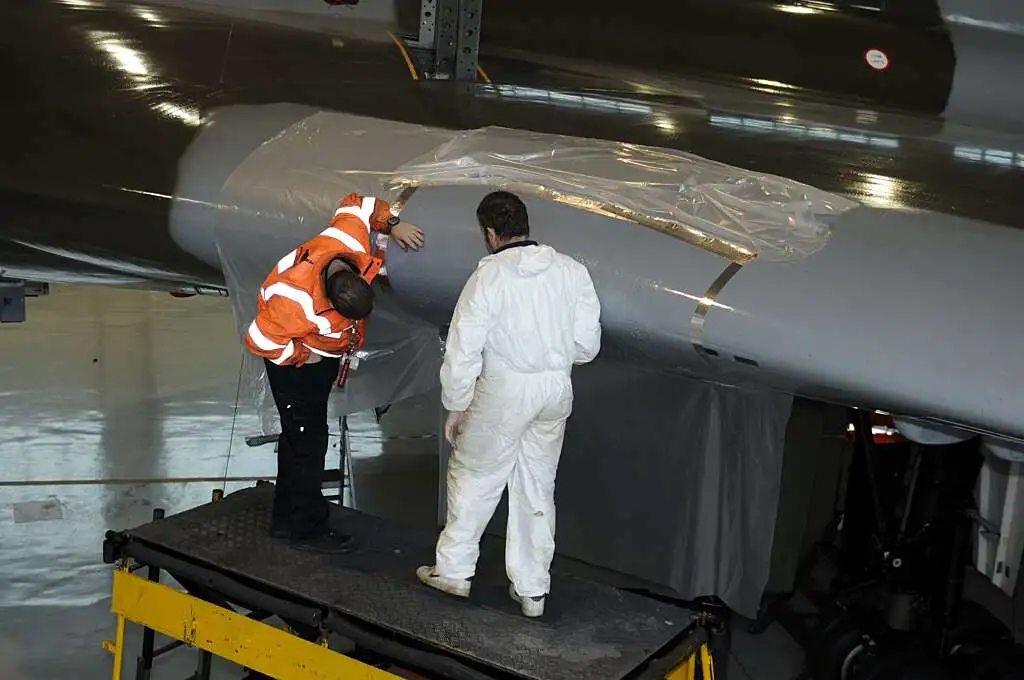
Repainting XH558
Building on top of its structure was the weight of the paint. Each application of paint on top of the Vulcan’s camouflage body adds depth and layers to its exterior. These layers add up and could even weigh a few hundred pounds. It might not sound like a lot, but these layers were part of the precise calculations to make sure the aircraft performed at its best.
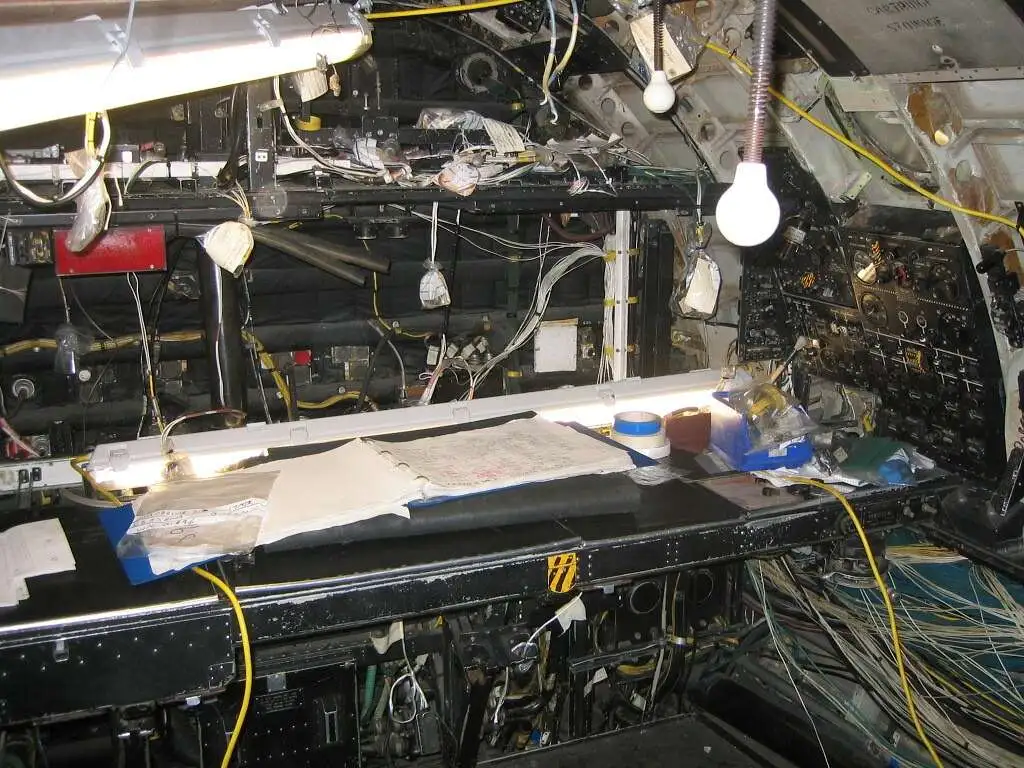
XH558 cockpit during rewiring
Moving to the inside of the Vulcan. During the Cold War, this aircraft wasn’t just about flying; it had a bigger role to play. To serve its strategic purpose, the interior was kept basic. Comfort took a back seat to make space for crucial systems. The focus was on the crew’s ability to operate efficiently in intense situations.
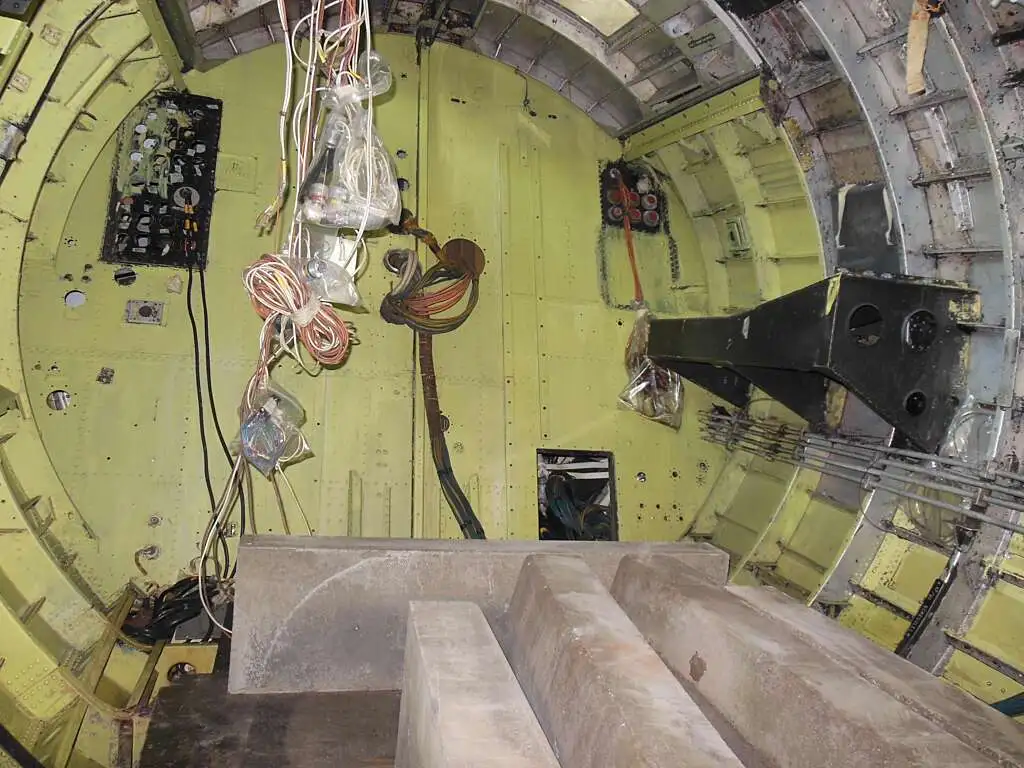
XH558 rear cockpit during rewiring
This bare bones interior reflected the Vulcan’s important role during those tense times. It wasn’t just about how fast it could fly, it was about how it contributed to global security. The weight of the communication gear, avionics, and even the personal gear of the crew was critical. Every pound counted because it affected how quickly the aircraft could respond – a vital factor in a world where things could change quickly.
Moving to more recent years, this weight consideration played a part in airshows too. After being restored to flying condition, XH558 took to the skies again. During its air displays, weight and balance were still key players. Each manoeuvre, every graceful turn, highlighted how vital weight distribution is, even when she was showing off its moves to the crowd.
Back in 2014 with the help of ‘Planeweighs’ we documented the task of weighing something as large as XH558.
Departing from conventional methods that relied on hoists and scales, our approach integrated more modern technology. This revolved around using specialised pressure pads positioned beneath the aircraft’s wheels. These pressure pads provided a direct link to the weight distribution of XH558.
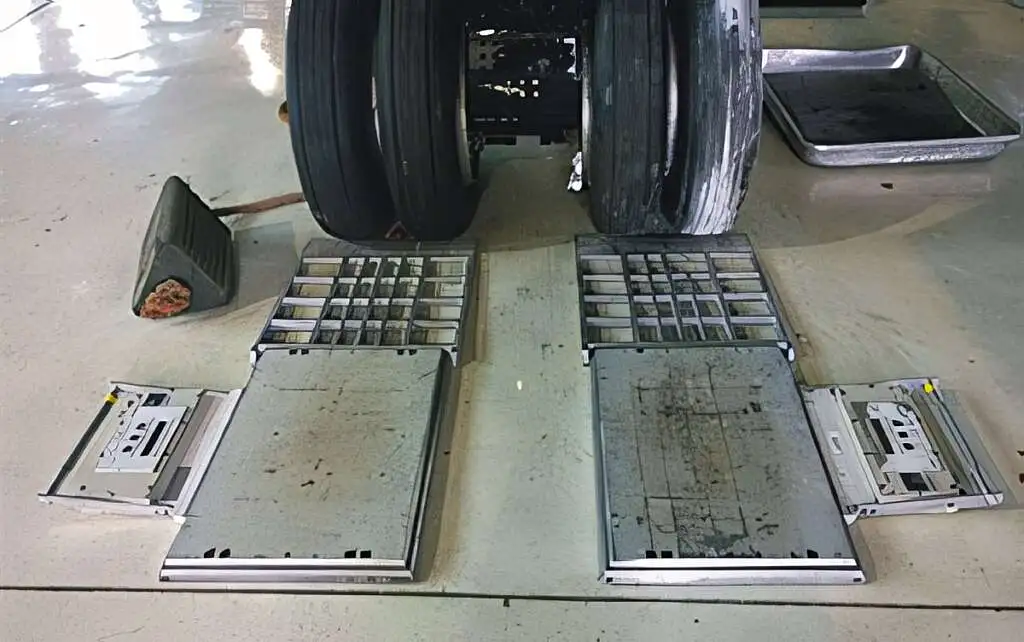
Plates were positioned in front of each wheel, setting the stage for the weighing process. These plates were integral to ensuring a controlled and systematic procedure.
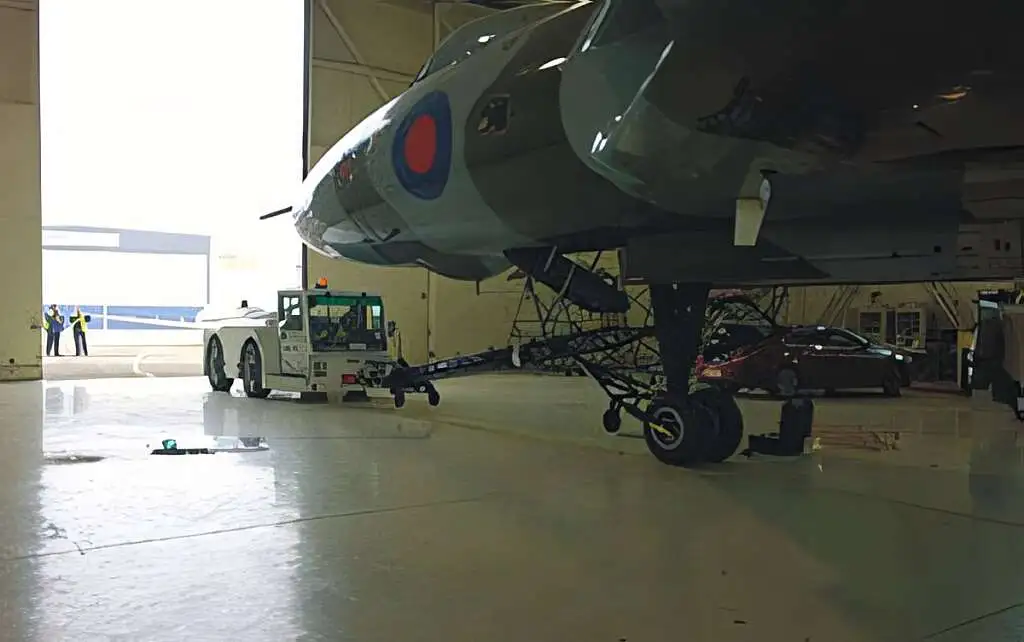
Gently and carefully, XH558 was manoeuvred onto the pressure pads. These pads, equipped with advanced sensors, generated critical data regarding the distribution of the aircraft’s weight across its wheels.
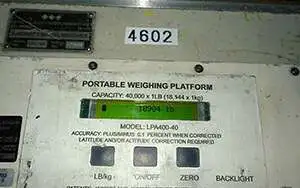
As the aircraft settled onto the pressure pads, readings were captured. These readings provided a comprehensive overview of how the weight was distributed among the wheels – an essential piece of the puzzle in determining the aircraft’s overall balance.
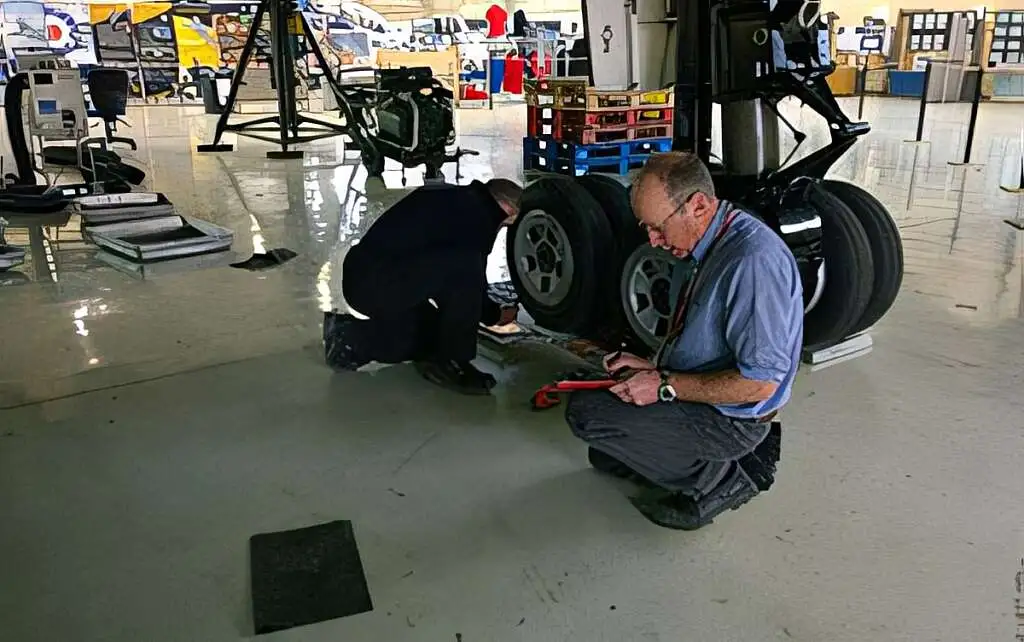
The heart of the process lay in determining the aircraft’s Centre of Gravity (CofG). By comparing the collected readings from various points, the precise CofG position was calculated. This parameter is important in understanding how the aircraft behaves in flight.
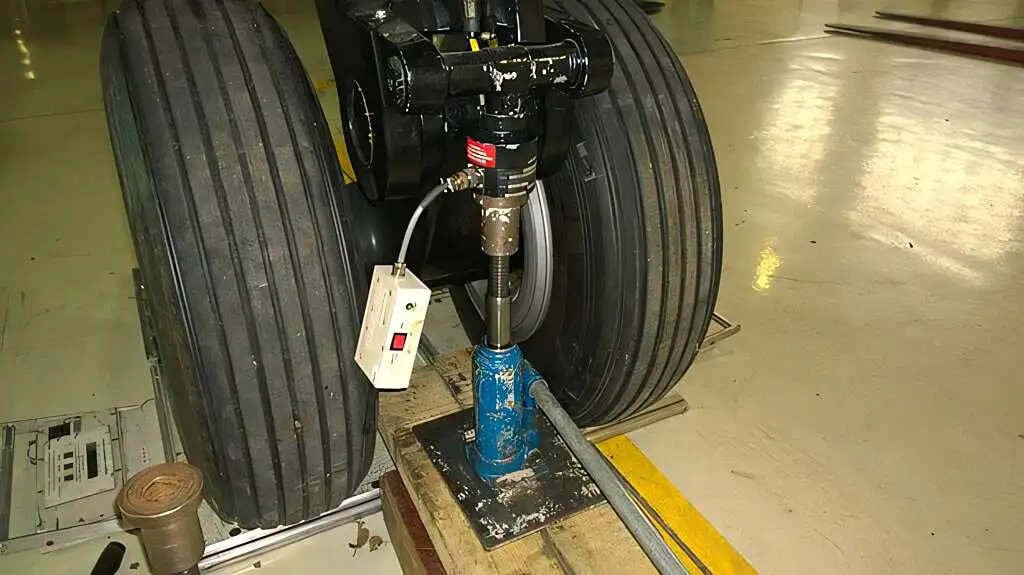
To add an additional layer of precision, the nose wheel of XH558 was gently elevated by five degrees. This simulation mirrored the aircraft’s posture during flight, generating further data to refine the CofG calculation.
Collectively, the gathered data painted a comprehensive picture of XH558’s weight distribution and centre of gravity. This data was analysed to ensure accuracy and consistency.
Throughout the process, visual documentation captured the intricacies of each step. From the placement of plates to the aircraft’s positioning on the pressure pads, these images serve as a visual record of precision and expertise.
It’s pretty clear that aircraft weight is no simple matter. Every bit of weight serves a purpose, and every single calculation has an effect on how well an aircraft performs in the sky. Take the Airbus A380, for example. When it’s all set to take off, it can weigh as much as 1.2 million pounds (575,000 kg), which is like having around 380 average-sized cars all piled up!
The way we’ve seen every little detail matter in the weighing of XH558 goes beyond just that one plane. It’s like a window into the bigger picture of aviation, showing how seriously they take things like safety, efficiency, and making sure things work at their best. Whether we’re talking about an aircraft with a history as rich as the Vulcan, or the newest, innovative jet of today, the whole skill of weighing planes is a crucial part of aviation.

On Saturday 30 August 1952, history was made as Avro Type 698, VX770, took to the sky for the first time. It was the prototype
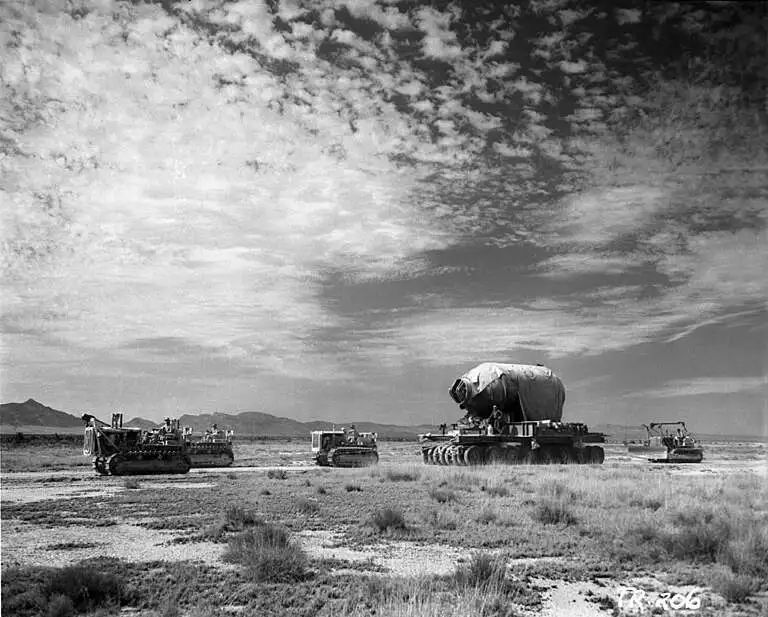
On 8 May 1945, Winston Churchill announced German armed forces had surrendered unconditionally. But, the World War had not completely ended. In his speech announcing

Having recently joined the Guardian Squad I thought it might be an idea to put on paper, my contact with the Vulcan, during my RAF
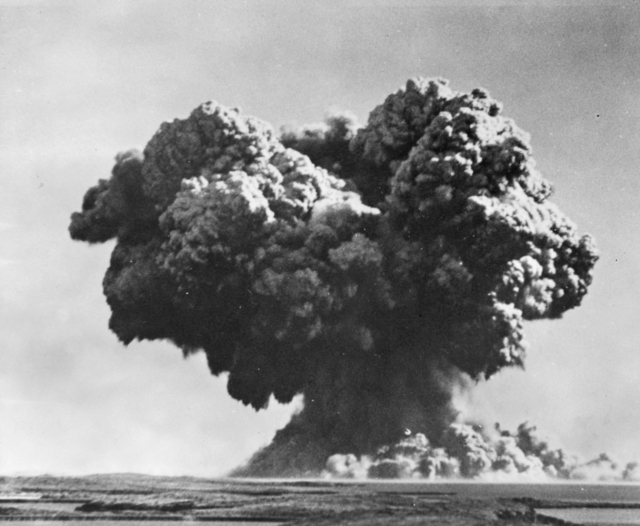
On 3 October 1952, Britain detonated their first atomic bomb. Due to the small size and high-density population of Britain there were no suitable sites